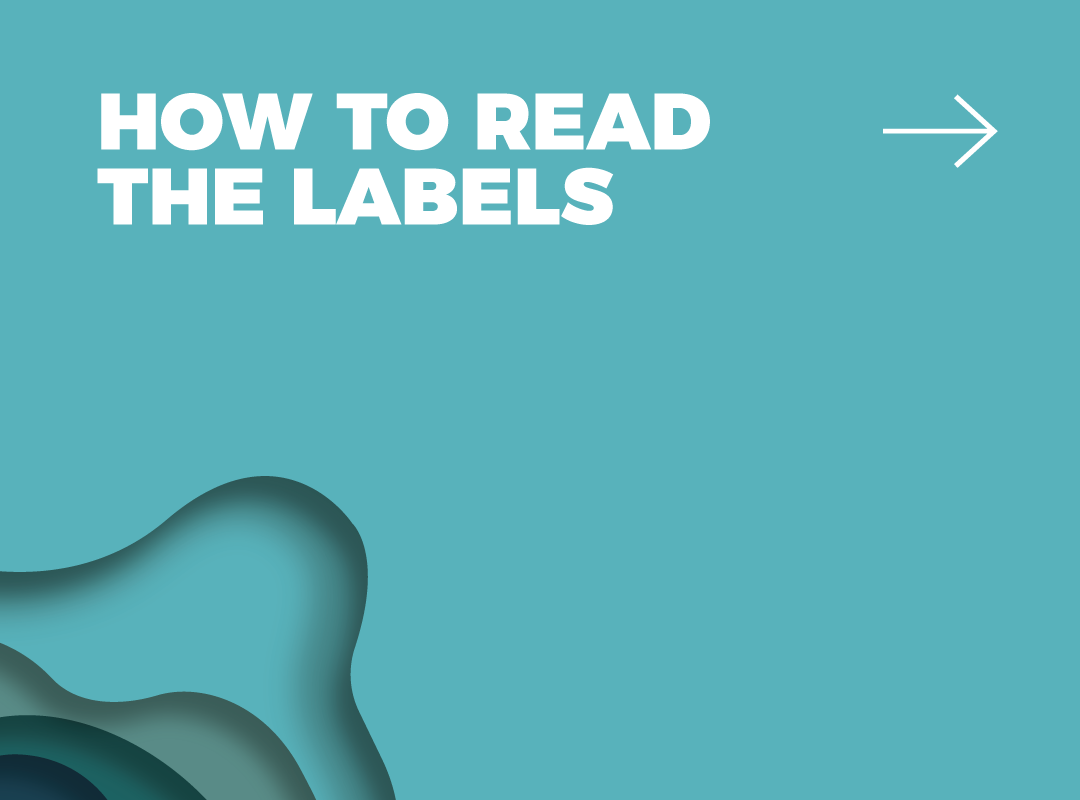
We want to go through all of the wording, labels and images you will see on Cannabis products and help you make sense of it all Indica-Dominant vs Sativa-Dominant vs Hybrid.
As in the other articles cannabis is usually split into two distinct categories: Indica and Sativa. There are many other varieties but for the average consumer the though has been that indica dominant has a drowsy effect while sativa is energizing. Flowers with “hybrid” classifications are a mix between the two.
However, these classifications should be used as a guide as Sativa dominant product may be stimulating for one person and relaxing to another due to your personal chemistry and other factors.
HOW TO READ LABELS
A cannabis label will always list the number of active cannabis compounds present in the product. In most cases, it also lists the content of the two primary cannabinoids, CBD and THC. When it comes to cannabis, these are two of the most important things to know.
CBD is short for cannabidiol, a compound that is generally considered non-intoxicating. CBD may still have an effect on the brain—but it’s not that common “high” associated with cannabis. On the other hand, THC is the primary compound responsible for cannabis intoxication. The higher the amount of THC in a product, the more potent the effects.
CBD and THC contents are listed in different formats depending on the type of product. Depending on what you pick up, you might find CBD and THC content listed in:
Milligrams per gram or mg/unit (for flower, softgels)
Milligrams per gram or mg/g (for cannabis oils)
Milligrams or mg/unit (for edibles)
On cannabis flower labels, the numbers you really want to pay attention to are the ones printed after “TOTAL THC” and “TOTAL CBD.” These refer to the amount of each compound that will be available after heating—that is, when you smoke or vaporize your flower.
PRODUCT WEIGHT
Dried cannabis is measured in grams, and this gram weight appears on the label (in Canada, you’re limited to purchases of 30 grams or less). But cannabis buds aren’t uniform, so producers are allowed some wiggle room when it comes to product weight. If you were to place your cannabis on a scale, you might notice a small discrepancy.
WARNING LABELS
By law, cannabis products must contain warning labels similar to those required for tobacco. These warnings serve a public health purpose, and companies are required to print at least one warning on cannabis packages.
Even if you’re an experienced consumer of cannabis, it’s worthwhile reading—and heeding—those warnings. For some related reading, see our articles on the side effects of THC and how long it stays in your system.
PRODUCER INFORMATION
Canadian cannabis is grown by Licenced Producers that have received governmental accreditation and approval to cultivate, process, and distribute. If you want or need to contact a Licensed Producer, their information, including company name and contact details, can be found on their products’ labels.
RECOMMENDED STORAGE CONDITIONS
Dried cannabis products should be kept in dry environments. Heat and sunlight can degrade the active compounds in the plant, reducing both its quality and potency over time. If you want your stash to last, keep it in an air-tight and preferably opaque container.
And if there are children in your life, it’s also very important to store your cannabis out of reach of curious hands, and out of sight of prying eyes.
Fortunately, beautiful and thoughtfully designed storage accessories are easy to come by these days. (Here are some options we like.)
LOT NUMBER
Finally, the lot number, which is required on all Canadian consumer goods. The lot number gives you specific information regarding the exact batch of cannabis that was harvested or extracted for your product. If there are recalls of a product due to contamination, this lot number allows you, the producer, and public health officials to identify and sort out the products that are problematic.
The lot number also provides information regarding potency. Cannabis is harvested every eight to 12 weeks. Each harvest is batch-tested and its CBD and THC contents are recorded; it is then associated with a unique lot number to make it trackable.
